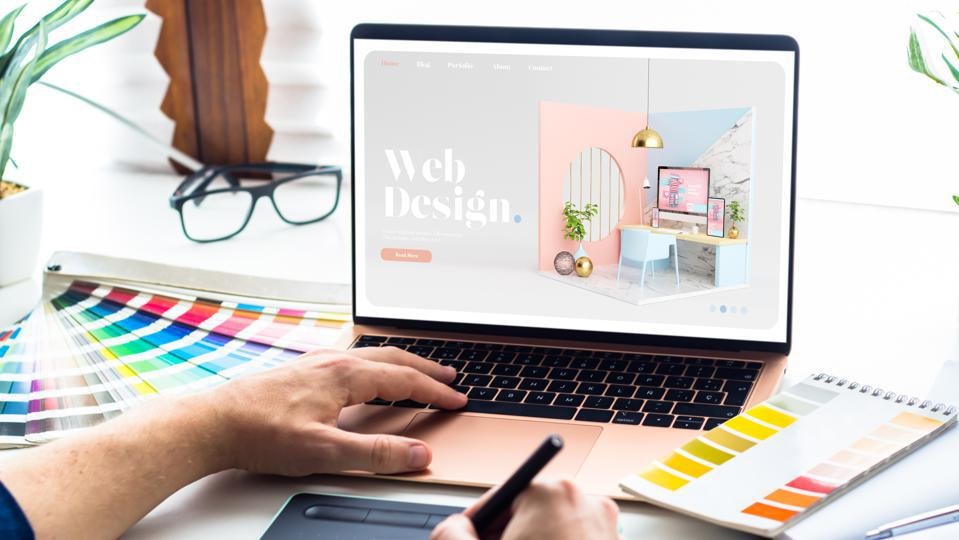In the ever-evolving landscape of the internet, a website stands as the virtual face of any business or individual. It’s not merely a digital presence but a gateway to connect with audiences, convey messages, and drive action. Behind every visually stunning and functionally robust website lies the expertise of a designer-developer, blending creativity with technical prowess to craft compelling online experiences. In this article, we delve into the intricacies of building better websites, drawing insights from the perspective of a seasoned designer-developer.
The Intersection Of Design And Development
At the core of building better websites is the harmonious convergence of design and development. Design embodies the aesthetic appeal, user interface (UI), and user experience (UX) principles, while development encompasses the coding, functionality, and performance optimization aspects. A designer-developer adeptly navigates both domains, leveraging their skills to create websites that are visually captivating and seamlessly functional.
The Importance Of User-Centric Design
In the digital realm, user experience reigns supreme. A website that prioritizes user needs and preferences not only attracts but also retains visitors. A designer-developer meticulously maps out user journeys, ensuring intuitive navigation, clear calls-to-action, and responsive design across devices. By empathizing with users and anticipating their interactions, they craft interfaces that foster engagement and drive conversions.
Striking A Balance Between Creativity And Functionality
While aesthetics play a pivotal role in captivating audiences, functionality is equally crucial for a website’s success. A designer-developer strikes a delicate balance between creativity and functionality, infusing innovative design elements with seamless navigation and robust performance. They realize their creative dreams by utilizing technologies such as HTML, CSS, JavaScript, and frameworks like Bootstrap or React, all while making sure the site is really user-friendly and fast.
Embracing Responsive Design For A Multi-Device World
Nowadays, responsive design is essential due to the prevalence of smartphones and tablets in web browsing. A designer-developer embraces the principles of responsive design, crafting websites that adapt fluidly to various screen sizes and orientations. By employing flexible grids, media queries, and scalable images, they ensure a consistent and engaging experience across desktops, laptops, tablets, and smartphones, catering to the diverse needs of modern users.
Optimizing Performance For Speed And Accessibility
Priority is given to swiftness in the dynamic digital world. A website’s performance not only impacts user satisfaction but also influences search engine rankings. Website designer and developer employs optimization techniques like minification, compression, and caching to enhance page loading times and streamline user interactions. Additionally, they prioritize accessibility, adhering to web content accessibility guidelines (WCAG) to ensure inclusivity for users with disabilities.
Continuous Enhancement By Means Of User Input And Data Analytics
Building better websites is an iterative process fueled by user feedback and data-driven insights. A designer-developer leverages analytics tools like Google Analytics or Hot jar to track user behavior, identify pain points, and optimize conversion funnels. In order to continuously improve the website’s performance, they constantly ask users for input through surveys, usability tests, and heatmaps. .
Predicting The Future With Long-Term, Scalable Solutions
If you want to keep up with the rapidly evolving digital landscape, you need to think forward. A designer-developer adopts scalable and sustainable solutions, laying the foundation for long-term success. They follow the concepts of modular architecture and use version control systems like Get to facilitate communication and save time during maintenance. They keep their websites relevant and strong in the face of changing customer expectations by keeping up with developing technologies and industry trends.
Conclusion
Building better websites is both an art and a science, requiring a meticulous blend of creativity, technical expertise, and user-centric design principles. A designer-developer serves as the architect behind the virtual facades that shape online experiences, harnessing their skills to craft compelling, functional, and future-proof websites. By embracing responsive design, optimizing performance, and iterating based on user feedback, they continually strive to push the boundaries of excellence in the digital realm, leaving an indelible mark on the web landscape.




Comments are closed.